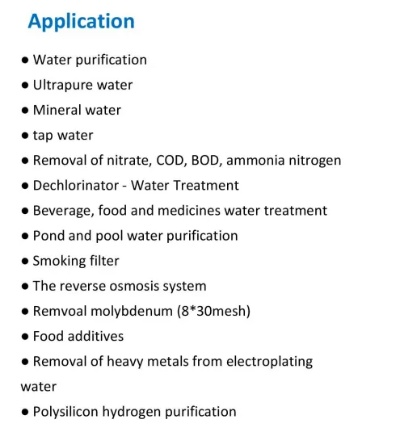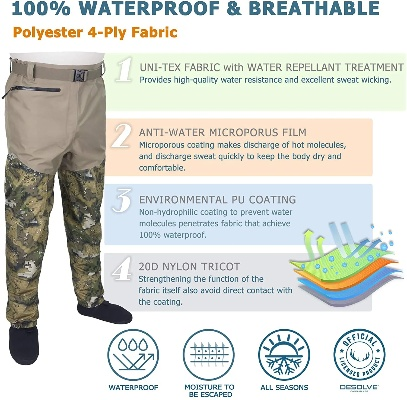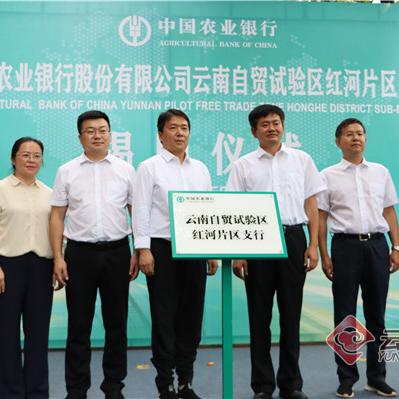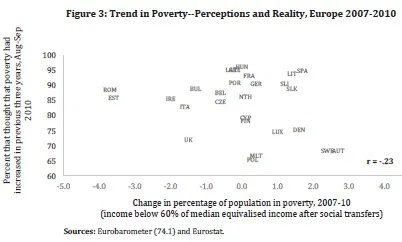Textile Water Absorption Standards:A Comprehensive Guide
This paper provides a comprehensive guide to textile water absorption standards. It covers the definition and purpose of textile water absorption, the classification of textile materials based on their water absorption properties, the testing methods for textile water absorption, and the interpretation of textile water absorption data. The paper also discusses the impact of textile water absorption on product quality, consumer experience, and environmental sustainability, and provides recommendations for improving textile water absorption performance. Overall, this paper aims to provide a valuable resource for textile industry professionals who are interested in understanding and managing textile water absorption issues.
Introduction: In the realm of textiles, one of the most critical properties that determine how well an item will perform in various environments is its ability to absorb and hold water. This property is known as "water absorption" or "moisture regain," and it's a key factor in understanding how a fabric will feel when wet, how it dries, and how it maintains its shape and structure over time. In this guide, we'll explore textile water absorption standards, including their importance, measurement methods, and practical applications.

Textile Water Absorption Standards: Definition and Importance
Textile water absorption refers to the amount of water that a fabric can absorb before it starts to lose its shape or weight. It's measured in percentage terms and is expressed as the "moisture regain" (WR) of a fabric. The higher the WR, the more absorbent the fabric is.
The importance of textile water absorption cannot be overstated. It affects the comfort, breathability, and durability of clothing and other textile products. For example, high-WR materials like cotton are ideal for summer wear because they allow perspiration to evaporate quickly, keeping the wearer cool and comfortable. Conversely, low-WR materials like polyester are better suited for winter wear because they trap moisture and can lead to chafing and discomfort.
Measuring Textile Water Absorption: Methods and Tools
There are several methods for measuring textile water absorption, each with its own advantages and limitations. Here are some common techniques:
-
Gravimetric Method: This method involves weighing a sample of fabric before and after it has been soaked in water. The difference in weight gives us the WR value. However, this method requires precise equipment and may not be suitable for small samples or complex fabrics.
-
Mechanical Tensile Test: This test measures the force required to tear a fabric sample. High WR materials typically exhibit greater elasticity and strength, which can be inferred from the mechanical properties of the fabric. However, this method does not directly measure the amount of water absorbed but rather the fabric's resistance to tearing.
-
Sorption Test: This method involves placing a fabric sample into a container filled with water and measuring the change in weight over time. The WR value is calculated by comparing the final weight to the initial weight minus the weight gained during the sorption process. This method is simple and easy to use but may not provide accurate results if the fabric contains air pockets or other structural features that affect the absorption process.
Practical Applications of Textile Water Absorption Standards
Textile water absorption standards play a crucial role in guiding the design and development of new textile products. Here are some examples of how these standards are used:
-
In fashion design: Designers often use textile water absorption standards to ensure that their garments will fit comfortably and last longer. They may choose fabrics with higher WR values for summer wear or lower WR values for winter wear to optimize the garment's performance based on the intended use.
-
In sportswear: Sportswear manufacturers use textile water absorption standards to select fabrics that will provide optimal performance in wet conditions. For example, surfing gear may require fabrics with higher WR values to prevent chafing and discomfort while riding waves.
-
In healthcare: Textile materials with high WR values are often used in medical devices such as wound dressings and surgical gowns. These materials are designed to absorb excess fluids and promote faster healing without causing irritation or infection.
-
In outdoor apparel: Outdoor clothing manufacturers use textile water absorption standards to select fabrics that will withstand harsh weather conditions. For example, tent fabrics may have higher WR values to prevent mold growth and ensure that the tent remains dry and hygienic.
Conclusion: Textile water absorption standards are essential for ensuring that textile products meet their intended performance requirements. By understanding these standards and how they impact product quality, designers, manufacturers, and consumers alike can make informed decisions about the materials and technologies they use. As technology continues to advance, we can expect even more sophisticated methods for measuring and evaluating textile water absorption, leading to even better products and solutions for our diverse world.
随着纺织品的广泛应用,其吸水性成为了衡量产品质量的重要指标之一,为了规范纺织品吸水性标准,国家制定了相应的国标,本文将围绕纺织品吸水性国标展开讨论,并通过案例分析进一步说明其实际应用。
纺织品吸水性国标概述
纺织品吸水性国标主要规定了纺织品在特定条件下吸收水分的能力,包括吸水性能测试方法、测试标准以及相关参数,该国标旨在确保纺织品在穿着、洗涤等使用过程中具备优良的吸水性能,提高穿着舒适度,减少湿气对人体的影响。
国标测试方法与参数

测试方法:
(1)吸水性测试仪法:使用专门的吸水性测试仪,按照国标规定的条件和方法进行测试。
(2)目测法:通过观察纺织品在特定湿度条件下的吸水情况,评估其吸水性能。
(3)其他辅助测试方法:如触感测试、吸湿比测试等。
测试参数:
(1)吸水率:纺织品在一定时间内吸收水分的能力,是衡量纺织品吸水性能的重要指标。
(2)吸湿比:纺织品在特定湿度条件下的吸水能力与其湿气释放速度的比值。
(3)湿度范围:国标规定的纺织品吸水性能测试的湿度范围,如春夏季节的相对湿度为40%-60%。
案例分析
纺织品市场现状及需求分析
随着人们对舒适度要求的提高,纺织品市场对吸水性要求也越来越高,特别是在夏季高温、多雨的地区,纺织品需要具备优秀的吸水性能,以减少湿气对人体的影响,纺织品生产企业需要严格遵守纺织品吸水性国标,提高产品质量。
某品牌纺织品吸水性国标案例分析
某品牌在纺织品生产中严格遵守纺织品吸水性国标,注重产品质量和用户体验,其产品采用了先进的纺织技术,具有优良的吸水性能,在特定湿度条件下,该品牌纺织品能够快速吸收水分,保持衣物干爽舒适,该品牌还注重环保和可持续性,采用环保材料和生产工艺,提高了产品的环保性能。
国标应用与建议
国标应用建议:
(1)生产企业应严格按照纺织品吸水性国标进行生产,确保产品质量和用户体验。
(2)在选购纺织品时,消费者应关注产品的吸水性能,选择符合国标要求的纺织品。
(3)政府应加强对纺织品行业的监管,推动行业健康发展,提高产品质量和用户体验。
纺织品吸水性国标是衡量纺织品产品质量的重要标准之一,对于提高纺织品穿着舒适度、减少湿气对人体的影响具有重要意义,生产企业应严格遵守国标要求,提高产品质量和用户体验,消费者在选购纺织品时也应关注产品的吸水性能,选择符合国标要求的纺织品。
Articles related to the knowledge points of this article:
Functional Textiles:A Comprehensive Study
Introduction to Textile Fireproof Testing
Where to Find Fine Textiles in Huzhou A Comprehensive Guide
The Inspiration Canvas:A Comprehensive Guide to Textile Design
The Unforgettable Experience at Xining Apple Textiles Department Store



